How To Peel and Devein Shrimp
Learn how to peel and devein shrimp with this easy step-by-step instructional photo and video guide. Once you learn how to clean shrimp yourself, you won’t have to buy already peeled shrimp anymore.
Easy shrimp dinners are always pleasant and fast on the week night, so enjoy these shrimp in the Easy Sautéed Shrimp recipe and and some Shrimp Scampi.
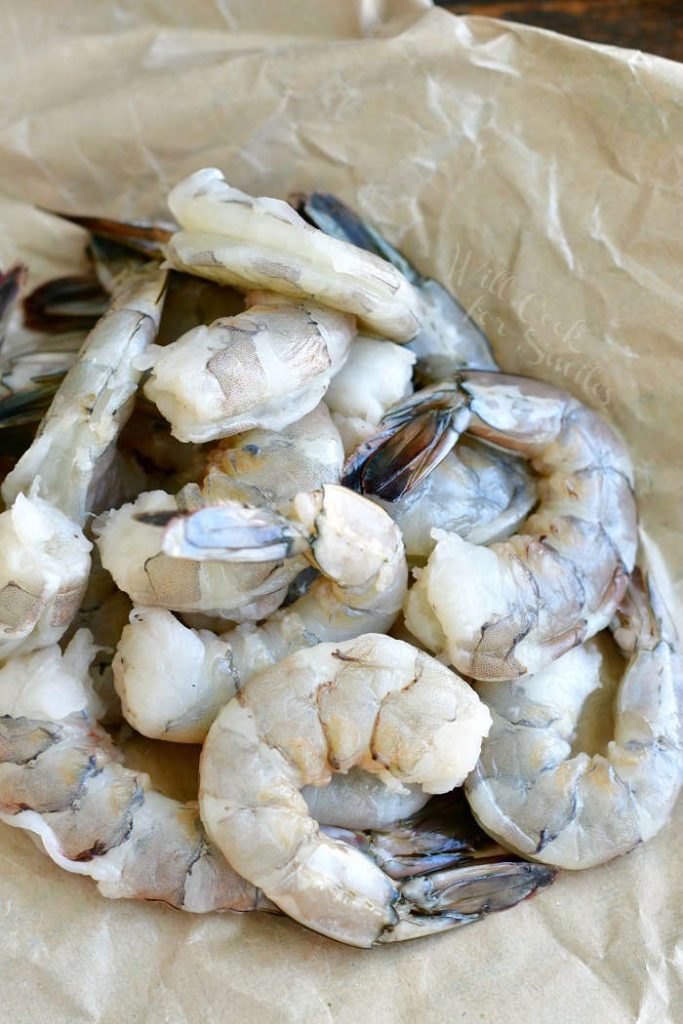
If you’re constantly spending extra money at the seafood counter having to buy already peeled and deveined shrimp, I’m here to help. Before we start, I would like to reassure you that it’s really easy to do and once you try it a few times, you’ll be a pro.
Unless you grew up with professional chefs or lucky enough to live on the coast, you may feel intimidated. I don’t blame you, shrimp have a hard outer shell that looks like armor and a lot of tiny hairy legs. Whole shrimp with heads still attached may seem even scarier.
Not to worry, the shell comes off very easy and so does the head. Cleaning out the veins does take a few extra minutes but it’s also easy. (And, it’s a very important step.)
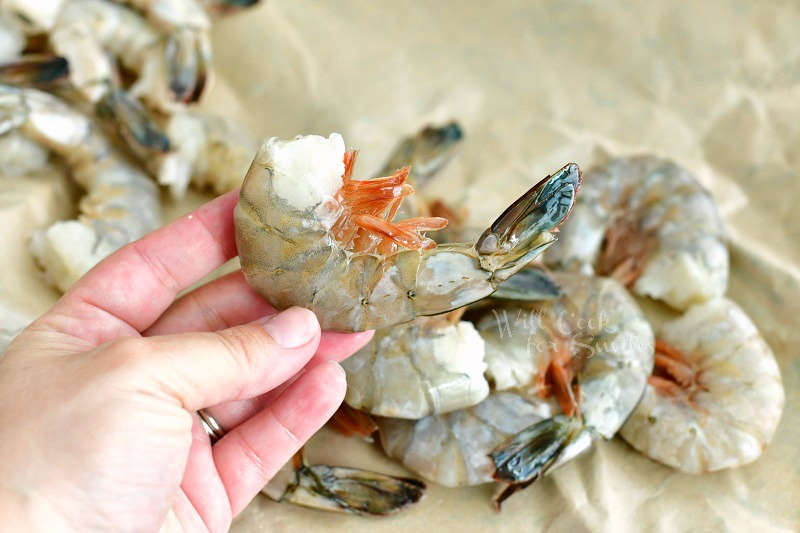
Why Do I Have to Peel the Shrimp?
You may have heard people say “leave the shell on shrimp, it will give them more flavor!” They are not completely wrong, it will give them more flavor but, it will give them quite a bit more than flavor. You will also be eating the shrimp’s directive tract, content of its colon, and most likely sand. Not so fun feeling sand grinding on your teeth as you try to enjoy a delicious shrimp.
So even though it is a tedious job to peel and devein shrimp, especially when you have to clean a couple of pounds of shrimp, but I assure you, it is a necessary step!
The dark “vein” running along the back of the shrimp is actually its digestive tract. The tract runs along the entire shrimp and it can be packed or barely have anything there. Either way, you must remove it. Everything that shrimp ate, including dirt and sand will be in its digestive tract.
Nothing is worse than biting into the shrimp and seeing that dark line or tasting sand. It’s very unpleasant and the exact reason why we clean the shrimp.
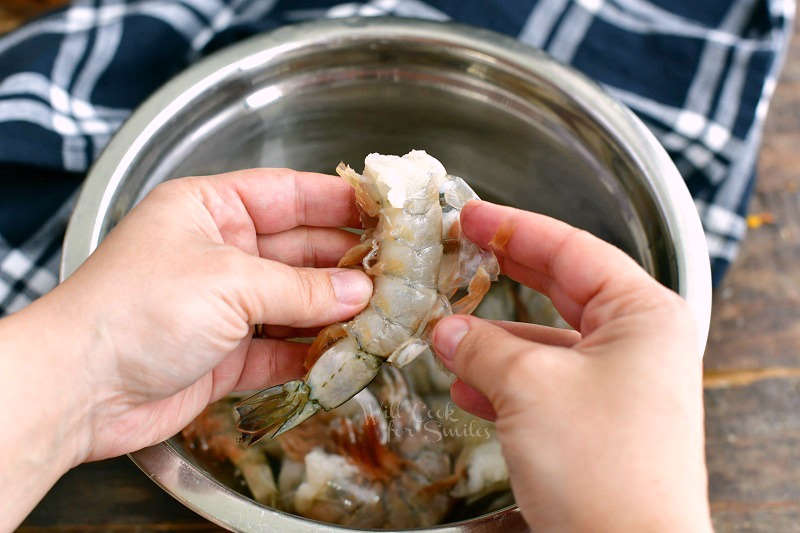
How to Peel and Devein Shrimp
If the head is still attached, pull it off.
Step 1:
Start pulling off the shell by the legs, cracking the underside. When you feel a small crack, pull on the legs to the side and pull the shell off the meat. Be assertive, larger shrimp have a tougher shell. You can choose to pull off the tails or leave them on. Keeping the tails on makes a nice presentation but it’s much easier to eat shrimp without tails.
If you do decide to take off the tail, pinch it with your fingers and slide it off.
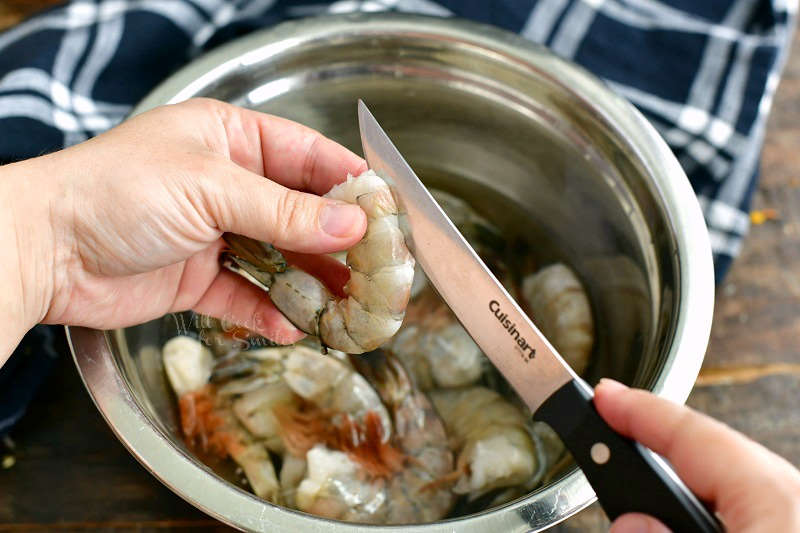
Step 2:
Use a paring knife or another small knife to slice the top of the skin all along the back. Cut very gently to only cut through the top thin layer of skin to expose the “vein.”
When you see the dark, long string, use the tip of the knife to gentle pull it out. Use your hands to gently pull on it to take it out of the shrimp. (Note: some shrimp may not have a large vein or visible one at all. That’s okay, just rinse out the cut with cold water.)
Rinse the shrimp under a gentle steam of cold water and it’s ready to cook or marinate.
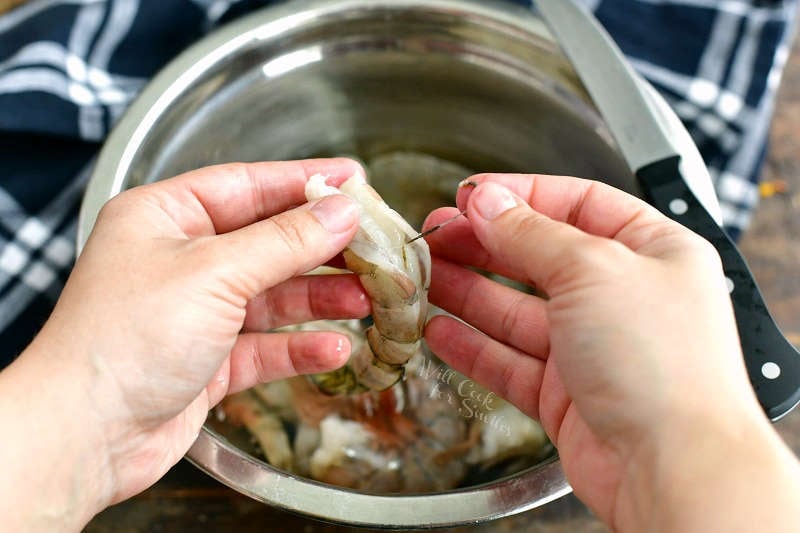
Don’t throw away the shells but use them instead to make fish stock! Or cook them in the stock when making shrimp risotto, shrimp salad, and any other recipe that could benefit from more great shrimp flavor in the stock.
Ways to Cook Shrimp
Now that you have that beautiful, clean shrimp, it’s time to cook. Shrimp is one of those proteins that is great to cook with any method and it’s done in just a few minutes.
You can cook shrimp on stove-top, in a hot skillet, grill it, fry it, or bake it in the oven. No matter what method you choose, shrimp takes up to 5 minutes to cook. Large shrimp may take a minute or so longer and small shrimp would take less than 5 minutes.
Some of my absolute favorite stove-top shrimp recipes are Shrimp Alfredo and Shrimp and Grits.
When it comes to grilled shrimp, try my Cajun Grilled Shrimp, Cedar Plank Shrimp, or Spicy Grilled Shrimp.
Shrimp is also great in appetizers like my Cajun Shrimp Dip and in cold salads like Avocado Shrimp Salad.
What If I Still Want Shrimp In Shell?
There is a way to enjoy the shrimp is shell, like the shrimp boil or Pealla, and not have to deal with the shrimp digestive tract and sand. It does take some work or some searching in stores. Check the seafood department of your grocery store, many will have shrimp that are deveined but still in shell.
What they do is take off the head, then they cut on top right through the shell and clean out the digestive tract cavity. You can do the same at home if you have thinner kitchen shears.
Cut through the shell on top, from neck to the tail, and cut through the thin top layer of skin. Then, clean out the vein and digestive tract with a gentle stream of cold water.
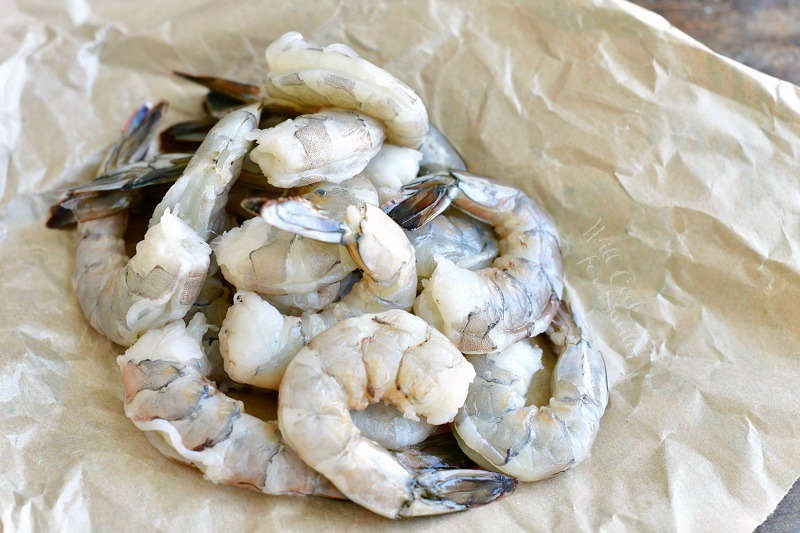

How To Peel and Devein Shrimp
Equipment
- Paring knife
- bowl
- Cold water
Ingredients
- 1 lb shrimp in shell or any amount of shrimp
Instructions
Peel The Shrimp:
- If the head is still attached, pull it off. To do that, get a hold of the shrimp head right where it is attaching to the rest of the body. Use a twisting motion to pull the head off the body.
- Start pulling off the shell by the legs, cracking the underside. When you feel a small crack, pull on the legs to the side and pull the shell off the meat. Be assertive, larger shrimp have a tougher shell.
- You can choose to pull off the tails of leave them on. Keeping the tails on makes a nice presentation but it’s much easier to eat shrimp without tails.
- If you do decide to take off the tail, pinch it with your fingers and slide it off.
Devein Shrimp:
- Use a paring knife or another small knife to slice just the top of the skin all along the back. Cut very gently to only cut through the top thin layer of skin to expose the “vein.”
- When you see the dark, long string or a fat string, use the tip of the knife to gently pull it out. Use your fingers to gently pull on it to take it out of the shrimp. (Note: some shrimp may not have a large vein or visible one at all. That’s okay, just rinse out the cut with cold water.)
- Rinse the shrimp under a gentle steam of cold water and it’s ready to cook or marinate.
Video
Nutrition
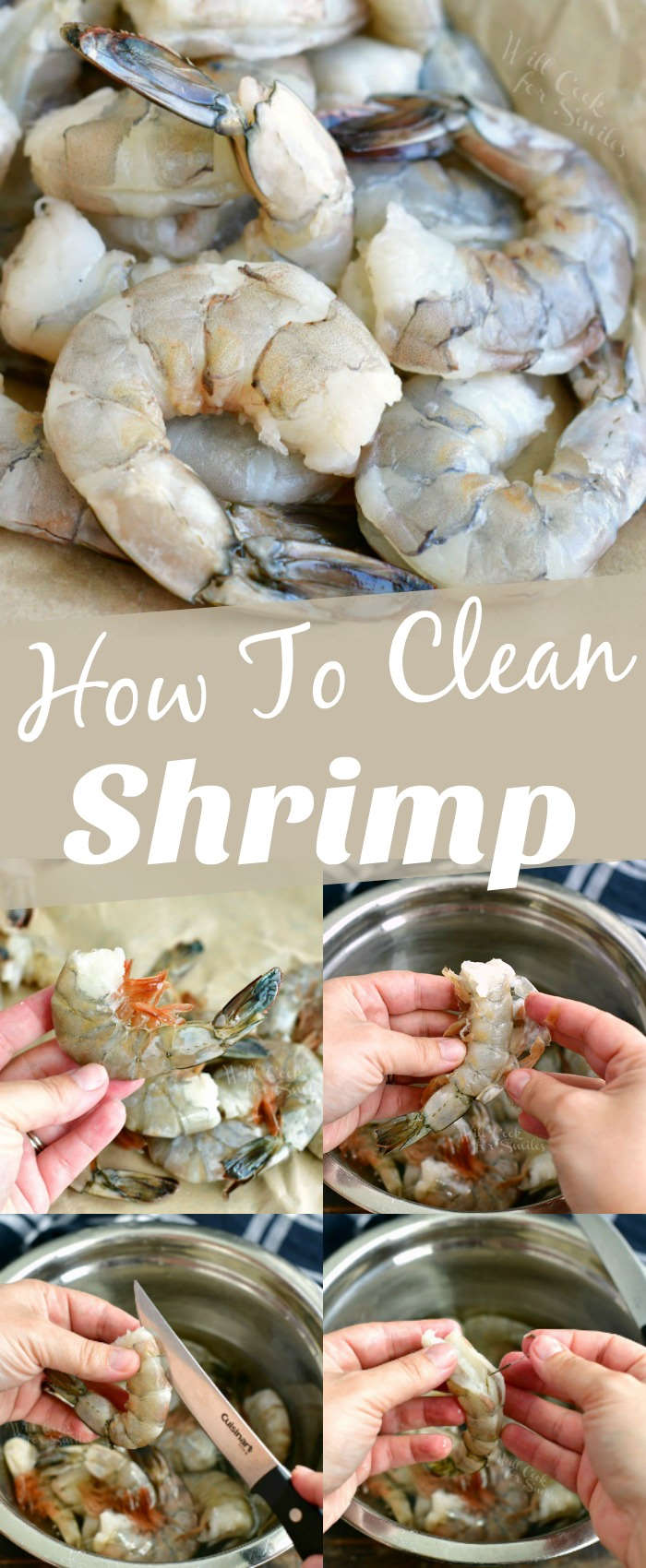
All images and text ©Lyubov Brooke for ©Will Cook For Smiles. Please do not use my images without prior permission. If using my posts in collections and features, please link back to this post for the recipe.
Disclaimer: Nutrition information shown is not guaranteed to be 100% accurate as most ingredients and brands have variations.
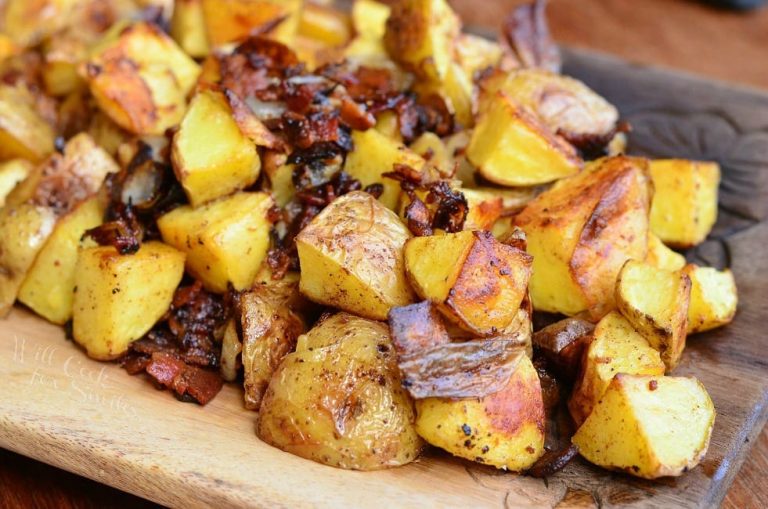
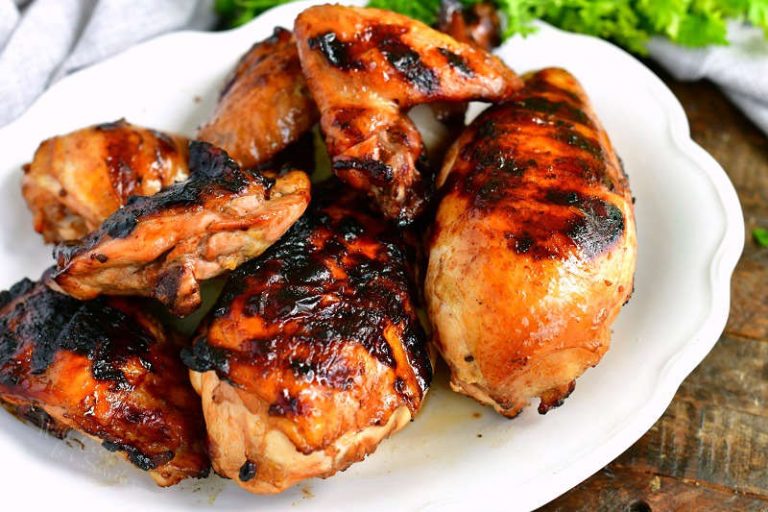
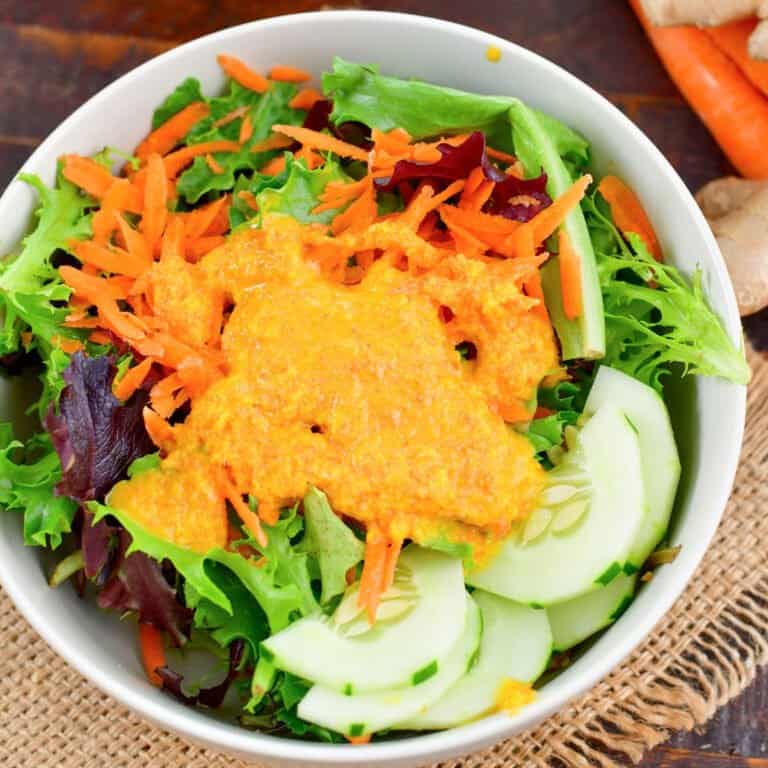
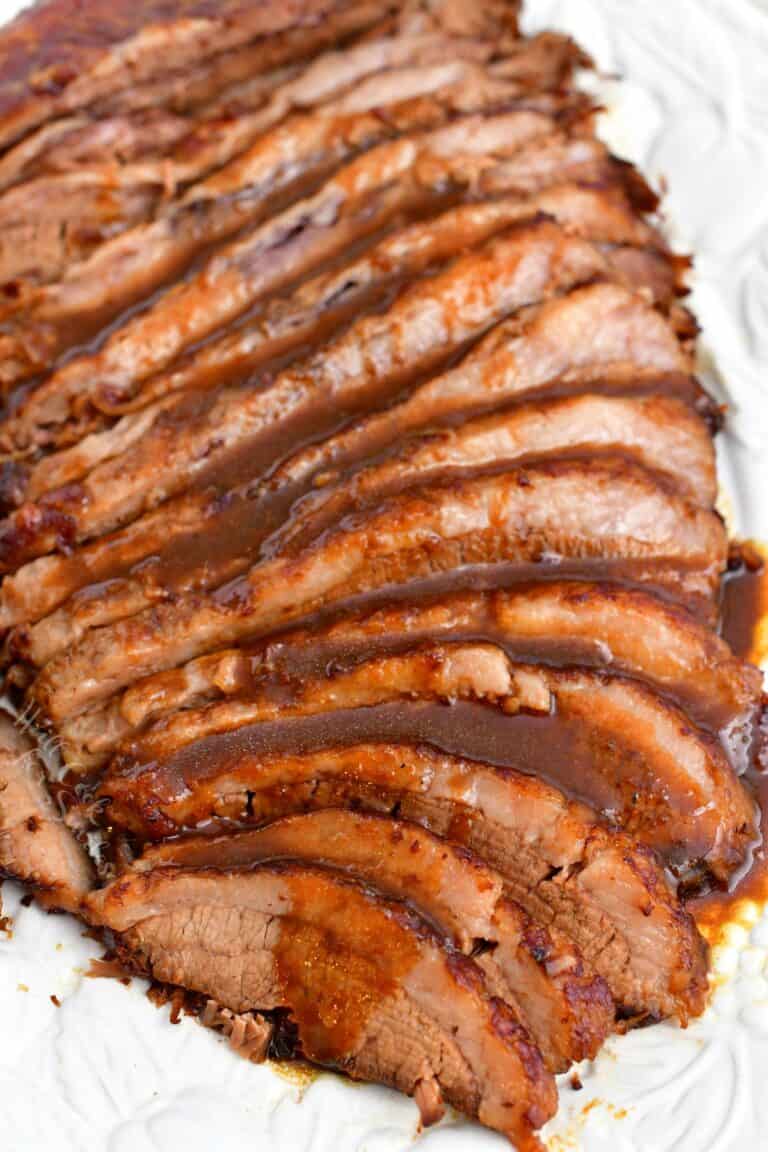
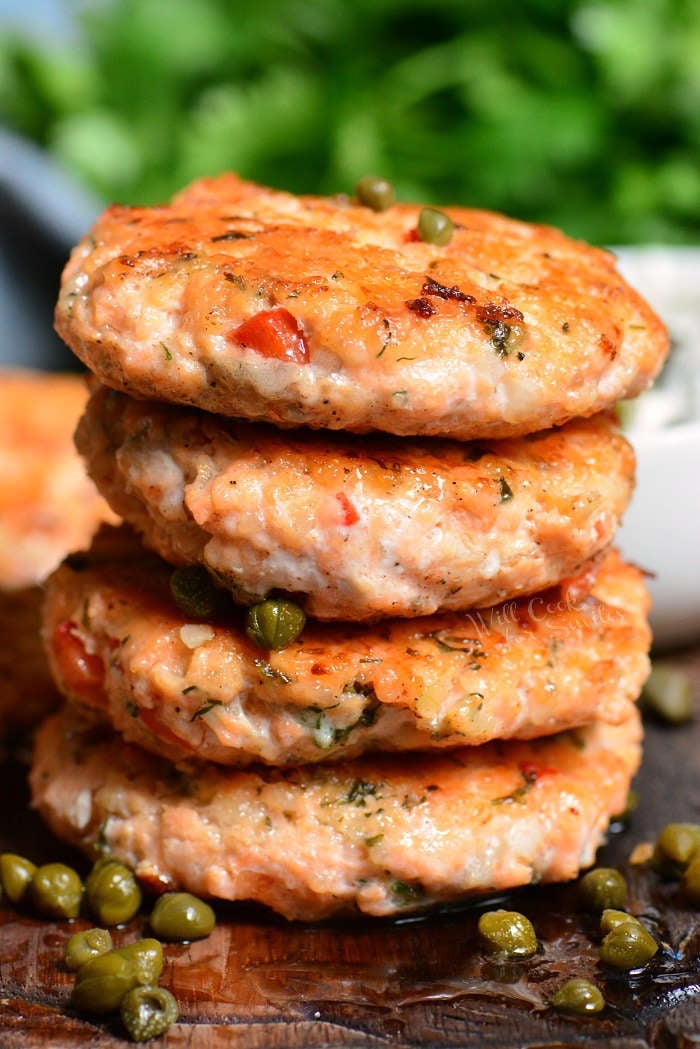
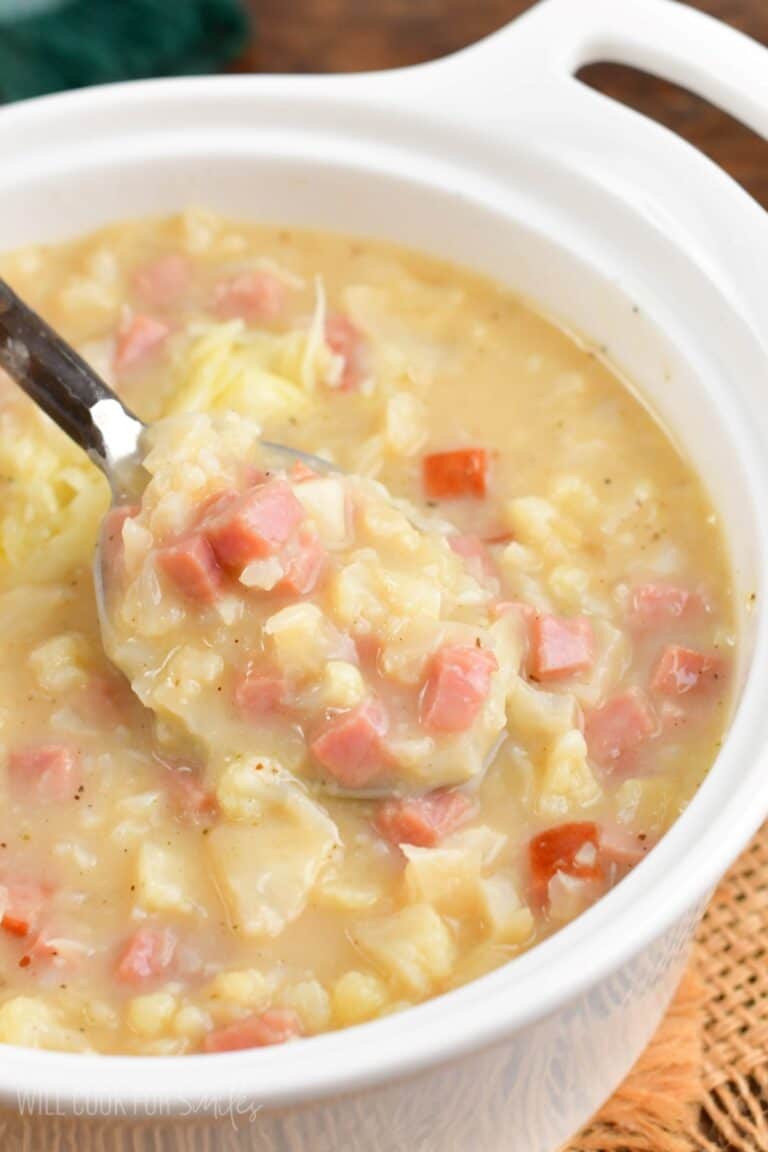








Good Video I always remove the other vein on the bottom too I feel that this is really the mud vein and that the one on the Back is the Blood Vein so that’s why I always have done it. It’s not appetizing if you notice it Just thought I’d Share with you JMO. HAPPY COOKING
Thanks for the tips!